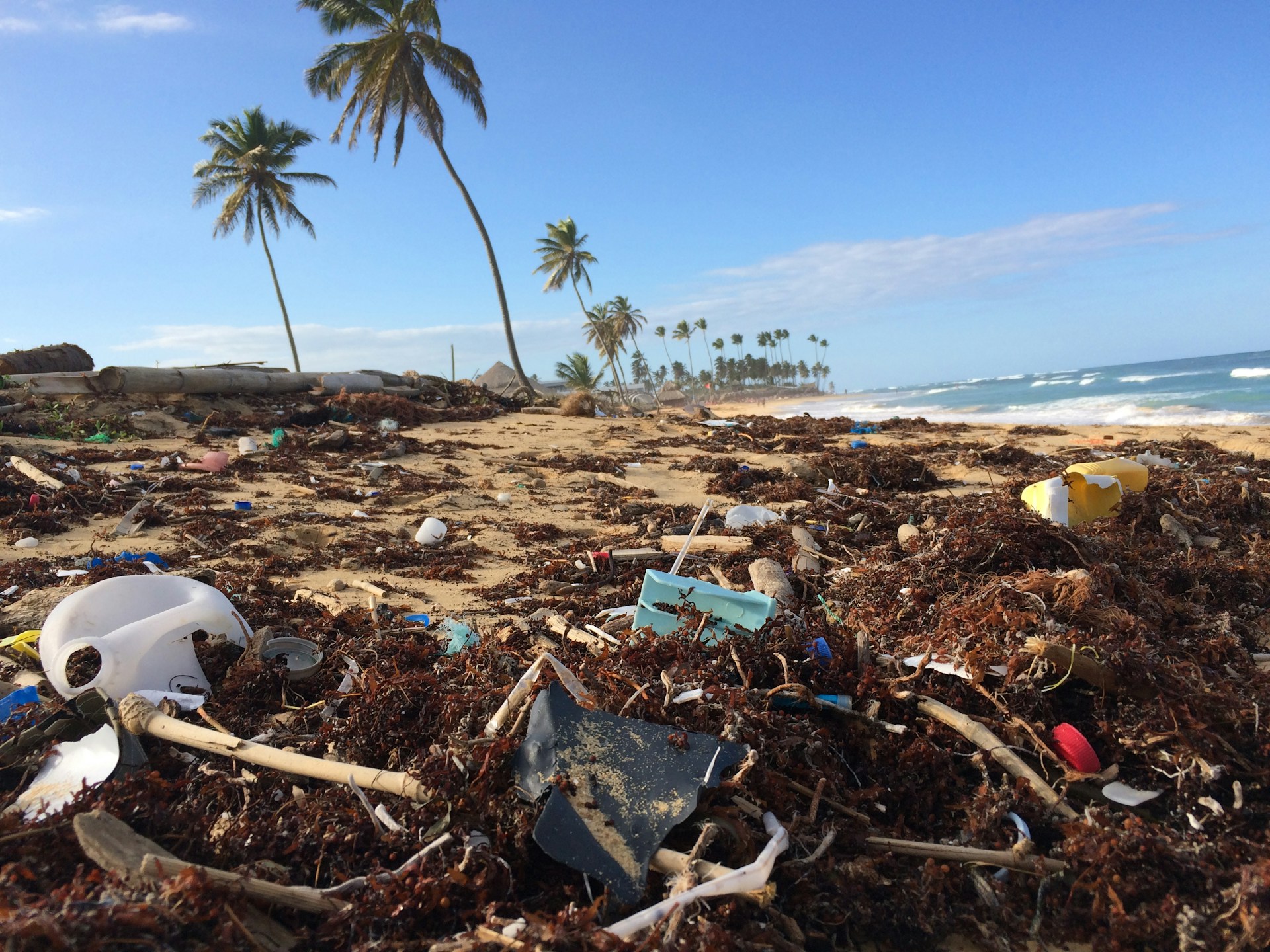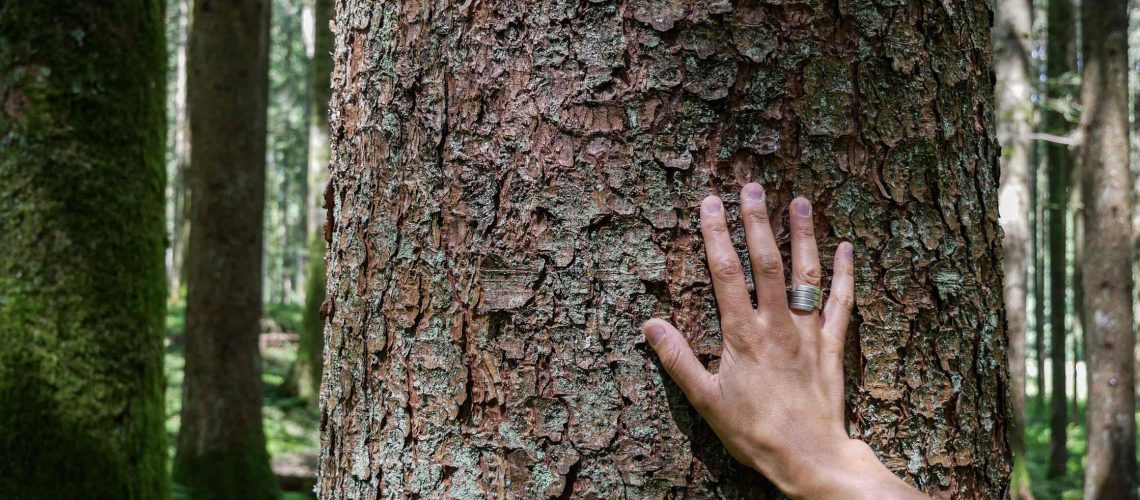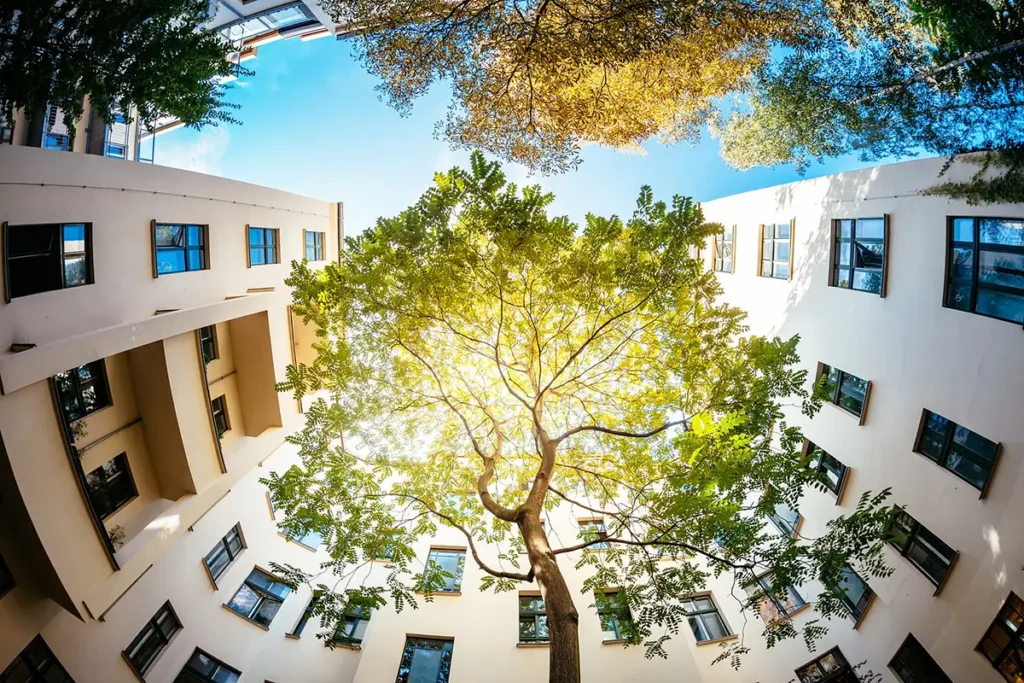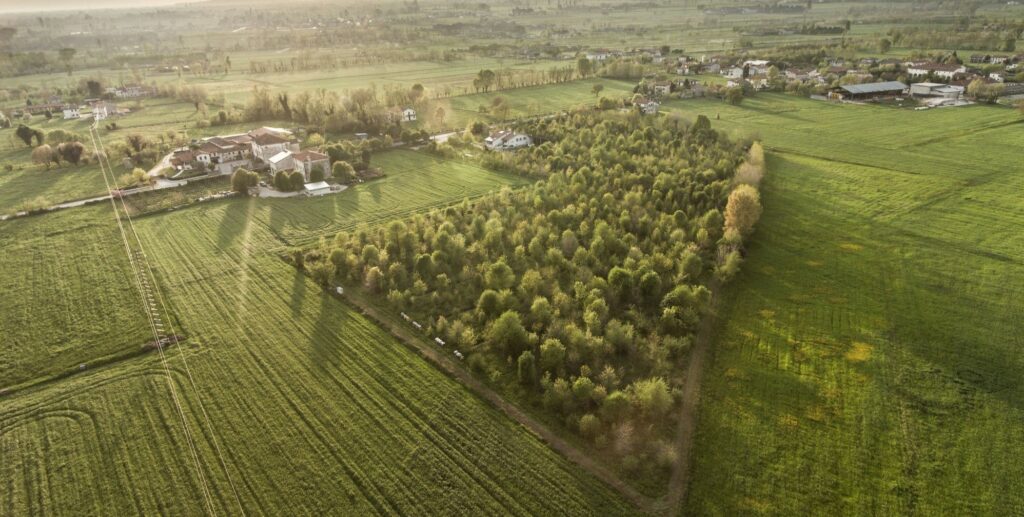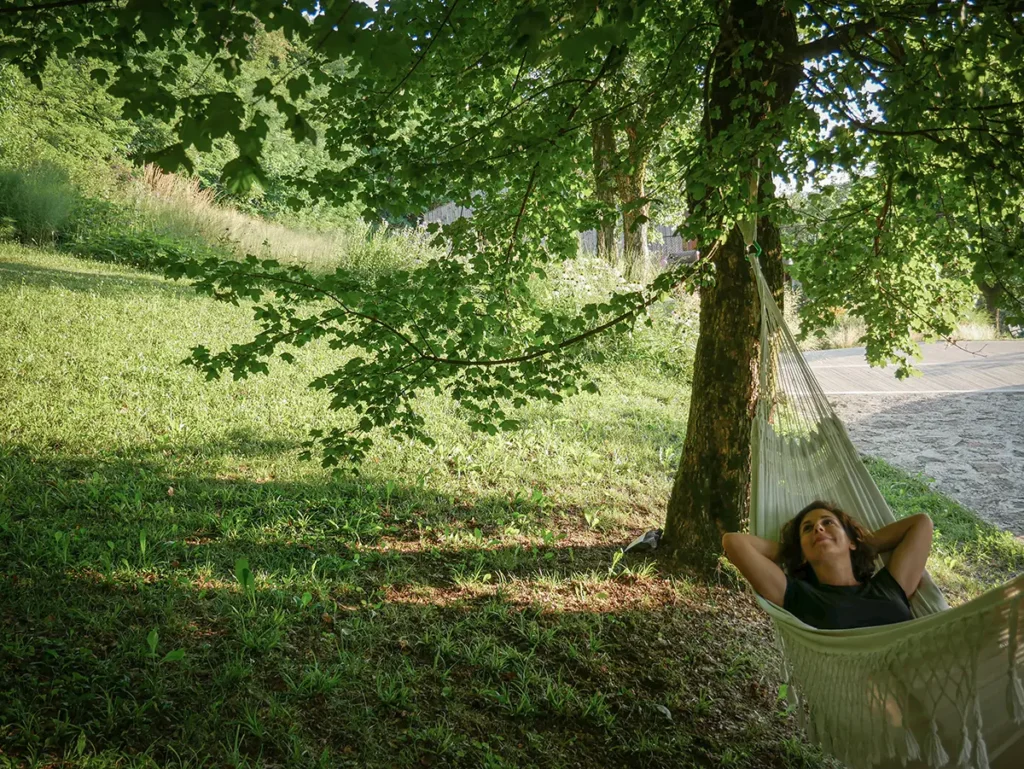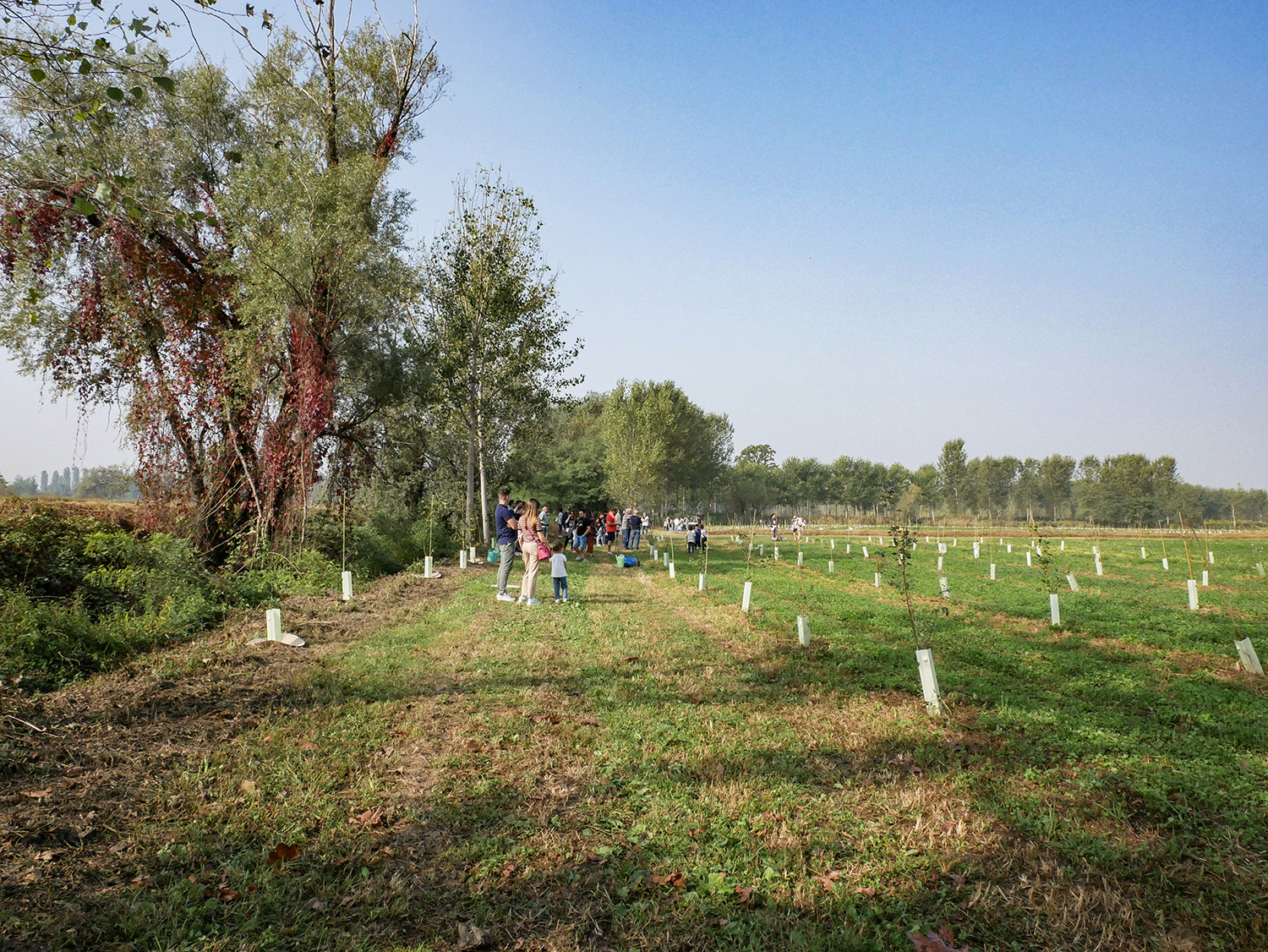
Our lives are closely connected to the existence of trees and forests. Unfortunately, although this concept may seem trivial and obvious, in reality it is not. According to research compiled by Omnicom Media Group’s Annalect division for Prospettiva Terra, one in three Italians do not know that trees absorb CO₂ – and more. Trees and forests are crucial not only for their role in combating the climate crisis through their ability to absorb and store carbon dioxide, but also for a host of other benefits.
They are able to absorb pollutants, reduce the risk of landslides and floods, retain water in the soil, and combat drought and desertification; they improve soil fertility, support biodiversity, make summer temperatures in cities more bearable, improve our health, and provide us with green spaces where we can spend our leisure and vacation time. We could go on and on: the list is really long. In this article we will try to explain clearly why trees and forests are so important.
The ecological importance of trees
Trees against the climate crisis
Climate change, which we prefer to call the climate crisis, is caused by the huge emission of so-called greenhouse gases, especially carbon dioxide. Thanks to photosynthesis, trees are able to absorb CO₂ and store it in wood. Therefore, they are valuable allies in reducing CO₂ emissions into the atmosphere.
How much carbon dioxide does a tree absorb?
In our site we report, for each species, an average value of CO₂ in the first 10 years of life, which we calculated using this methodology for estimating CO₂ uptake to account for all these factors. The estimated values vary widely: an oak tree can absorb about 73 kg of CO₂, while a stone pine stops at 11 kg.
The answer is more complex than it seems. Trees are living organisms, and the amount of CO₂ they absorb depends on multiple factors: the species, the age of the plants from individual characteristics, and the conditions under which they grow. A young tree has a limited uptake capacity, which increases as it develops roots, trunk, branches and leaves. When it reaches adulthood, its larger size allows it to capture significant amounts of CO₂.
The environmental context also influences. The same species can grow slower or faster depending on climate and soil conditions. For example, in the Alps, because of the harsher climate and less rich soils, for the same species, trees grow more slowly than those growing in the Po Valley. Moreover, trees do not grow indefinitely: in general, the first ten years are the fastest, then growth slows and stabilizes until maturity is reached.
All this also makes us realize how important it is to preserve existing forests, where trees are already mature and able to absorb significant amounts of carbon dioxide. Forests remove about a third of the emissions produced by fossil fuels each year. A huge amount, which is exceeded only by the oceans. This figure alone would be enough to make us realize how crucial they are, but there is more.
The role of trees on water and soil
Trees and forests play a very important role on water. Through leaf transpiration, they participate in releasing water vapor into the atmosphere, playing a crucial function in regulating the formation of rainfall. When it rains, trees absorb water and can reduce the risk of flooding or inundation. In addition, thanks to their roots, they can consolidate soil and prevent soil erosion and avert landslides in mountains.
Thanks to trees, the soil is able to absorb more water and retain it longer. This is also what happens in Bosco Limite, an infiltration forest that we built in the province of Padua. Here, thanks to a system of gutters where water flows within the forest, trees are able to infiltrate more than a million cubic meters of water into the aquifer every year. As if that were not enough, trees and plants also have the extraordinary ability to reduce pollutants in the water through phytodepuration processes.
Trees are critical to biodiversity
Even a single tree can provide nourishment and shelter for multiple life forms, such as pollinators and insects, small birds and mammals such as squirrels, or other life forms such as fungi.
There are even some trees, record-breaking in age and size, such as the huge California redwoods (we talked about them here: What is the tallest tree in the world?) in whose canopy live other plants, even other trees, and even animals, such as small salamanders. These can go their entire lives without ever touching the ground.
Trees form the forests that today are the ecosystems where, according to biologists, 80 percent of the terrestrial species of animals and plants living on our planet are concentrated. An incredible wealth on which, again, our lives and survival literally depend.
The contribution of trees to our health
Trees also play an important role in reducing air pollution. Leaves are able to improve air quality for both gaseous and particulate pollutants by trapping PM10 and PM2.5 particles, which are extremely harmful to our health. We discussed this in this article on Trees and Air Pollution in the Po Valley.
If we consider the levels of pollution reached in many cities-just think of the Po Valley, one of the most polluted areas in Europe-we understand how crucial urban and peri-urban green areas, such as city forests, are to concretely improve the quality of the air we breathe.
The well-being and positive health effects of the presence of trees and natural areas are numerous and well documented. Several studies show that even just spending 15 minutes surrounded by nature can generate significant benefits on multiple levels:
1) Mind
Being in the midst of nature promotes relaxation and improves concentration. Anxiety and depression levels are significantly reduced, especially in the woods, where trees release essential oils with calming properties. Nature gives us balance, clarity and vitality.
2) Body
Breathing clean, pollutant-free air is a real boon for our lungs and the body in general. It only takes 10 minutes a day in the green to reduce cortisol levels by 22%, thus decreasing stress. Walking or exercising in a natural environment helps control blood pressure and strengthen cardiovascular health.
3) Relationships
Nature is not only good for the individual, but also for his or her relationships. The well-being generated by green spaces has been shown to increase self-esteem, stimulate creativity and improve the management of emotions. All this makes us more open, empathetic and predisposed to socialize authentically.
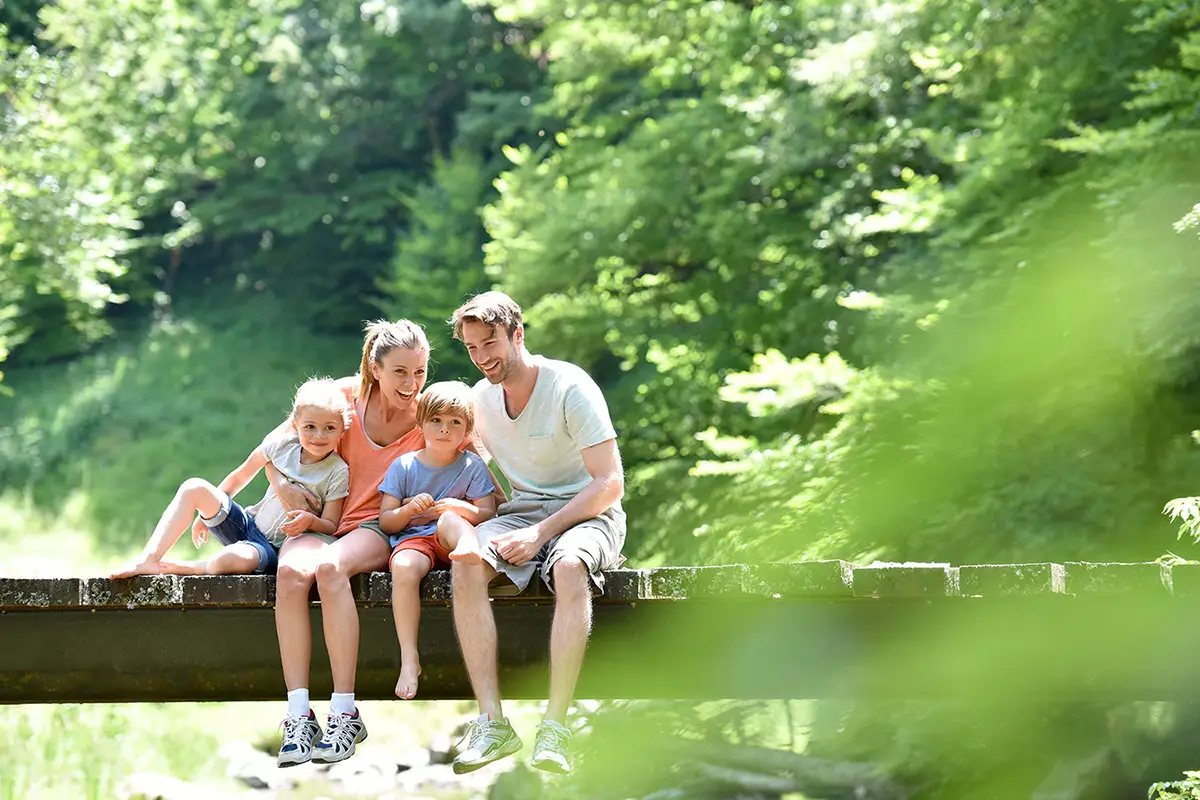
The benefits of trees in the economic and tourism context
Trees are not only an ecological asset, but also an economic one. Nature and sustainable tourism is growing strongly: for European tourists, nature is the second most important travel motivation and the first reason for returning to a destination (source: Eurobarometer 2019, 2021). Hiking in forests, forest bathing, walking in parks: green is increasingly a strategic tourism resource.
Trees also provide renewable resources such as wood, fruit, essential oils, mushrooms and medicinal herbs. Sustainable forest management makes it possible to generate value, protect biodiversity, and provide employment and income opportunities, especially in rural and mountainous settings. Investing in tree and forest care means promoting a green and regenerative economy that cares for people and the environment.

Why it is important to have trees in the city
Trees are crucial in urban areas, especially to counter rising summer temperatures and heat waves, which make our cities increasingly difficult to live in. In urban centers with little vegetation cover, roads and buildings absorb and release heat, giving rise to the urban heat island phenomenon, which can cause temperatures to rise 4 to 6 °C higher than in surrounding rural areas. Integrating trees and grass covers into urban spaces is an effective strategy to improve people’s well-being and create a cooler, healthier microclimate. Want to learn more about heat islands? Watch our dedicated video on heat islands.
Growing new trees and creating green areas in the city also means creating real climate refuges, not only for people but also for small wildlife. This is precisely the goal of the reforestation project on the campus of the Universitat Autònoma de Barcelona, where we are helping to create a new shaded green area to make the area more livable and resilient.
How we can protect and enhance trees
We can all do something to create a better, greener future. Together with WOWnature you can adopt and grow new trees, support reforestation projects, and care for existing forests and woodlands. We can choose FSC-certified products, avoid paper and wood waste, and inform and raise awareness among those around us about the importance of forests and green areas.
Educating sustainability, especially the younger generation, means cultivating a new generation that is more aware of the value of trees.
Businesses and public administrations also have a key role. Municipalities can integrate urban greenery into land-use planning strategies, while businesses can support certified reforestation projects or adopt virtuous environmental policies.
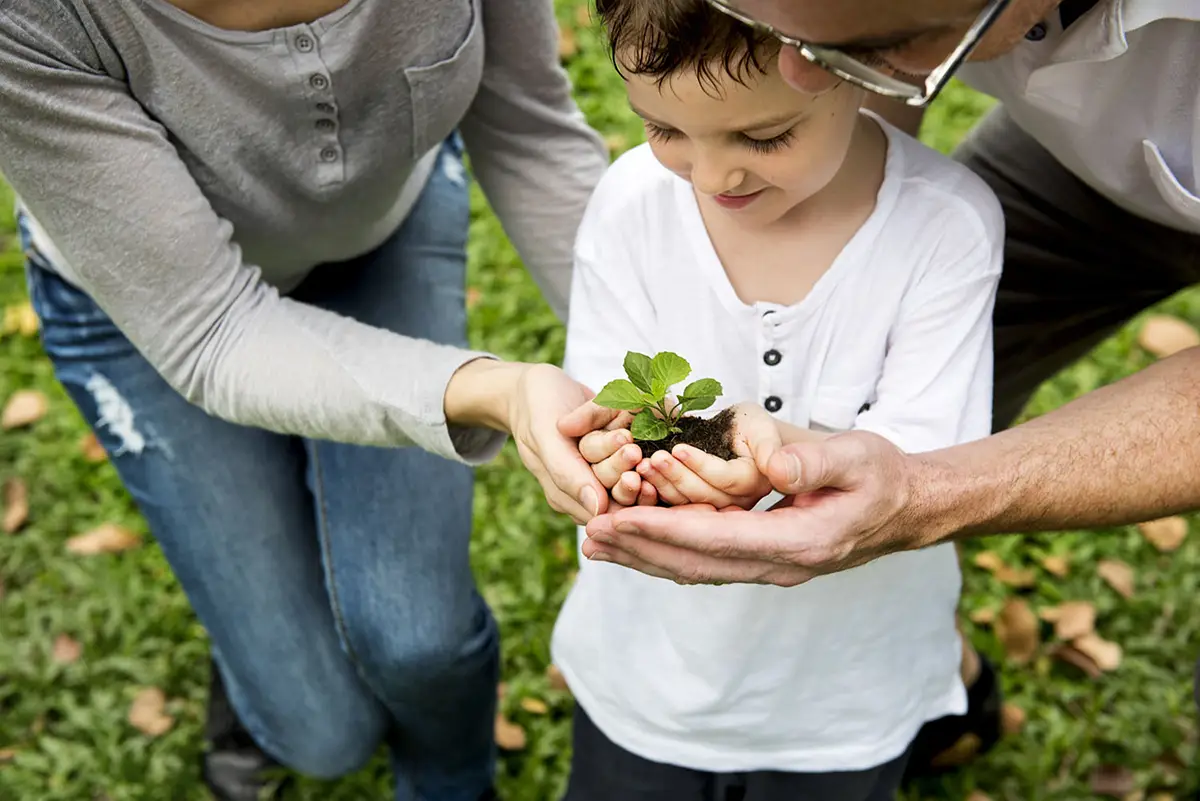
Tree as an ally for the future
Trees are, and increasingly will be, among our most powerful allies in meeting the great challenges of the present and the future. We have seen it: they improve air quality, combat the climate crisis, protect soil, promote biodiversity, cool cities, and help us feel good. They provide ecological, social, economic and urban benefits that are deeply intertwined with our quality of life.
Therefore, growing new trees today means helping to build a better tomorrow. It is a concrete, visible, measurable gesture. Supporting a reforestation project and participating in a new tree planting event-these are all accessible actions that turn a commitment to the planet into something tangible.
We have a duty and an opportunity to leave the Earth in better condition than we found it.
The time to act is now: become part of the solution.
Become a part of the solution!
Help regenerate nature and the ecosystems on which our lives depend.
SHARE
Other posts


World Earth Day: why we celebrate our planet on 22 April
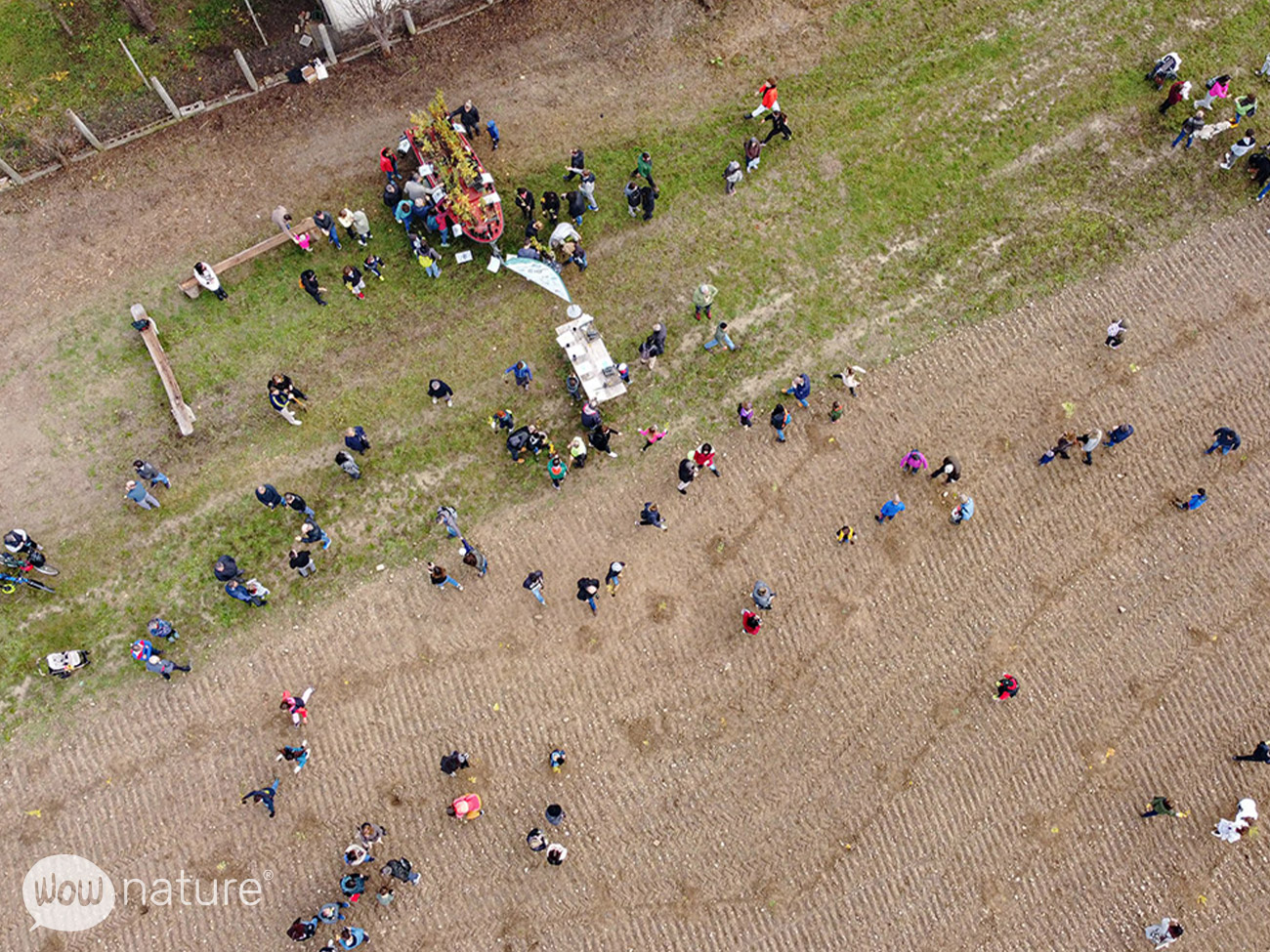
Update from Moranzani Forest
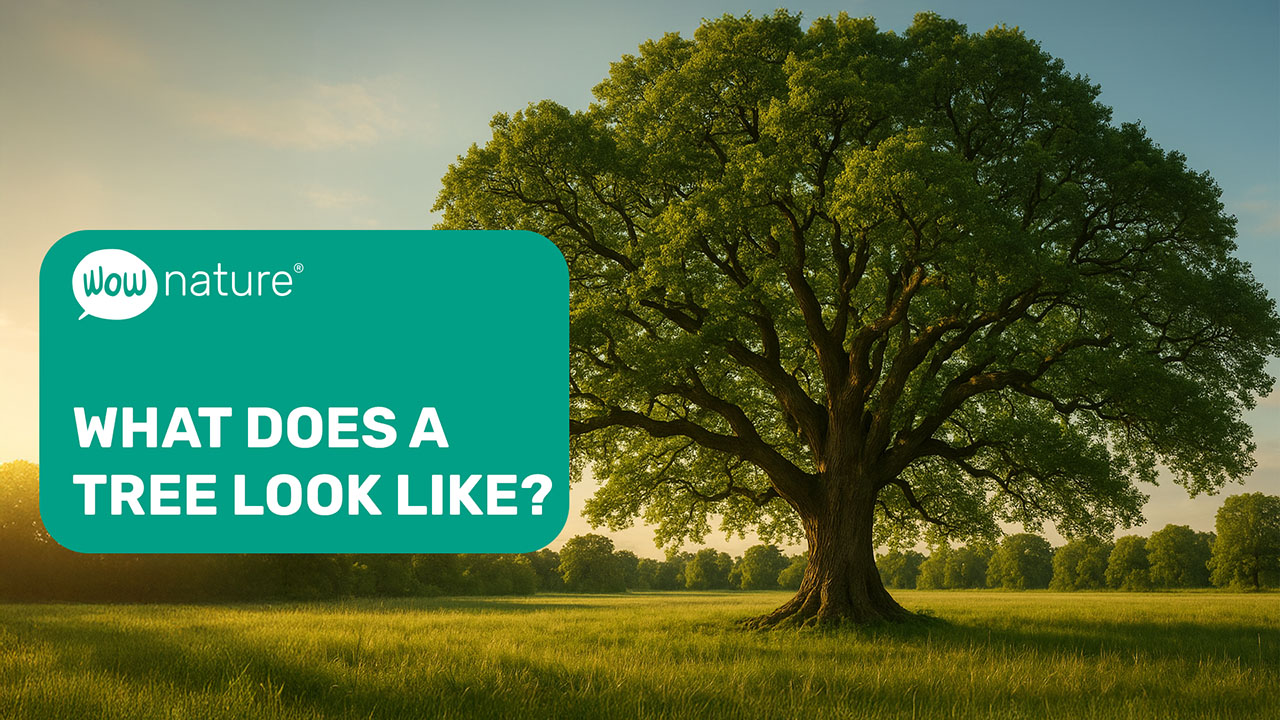
What does a tree look like?
